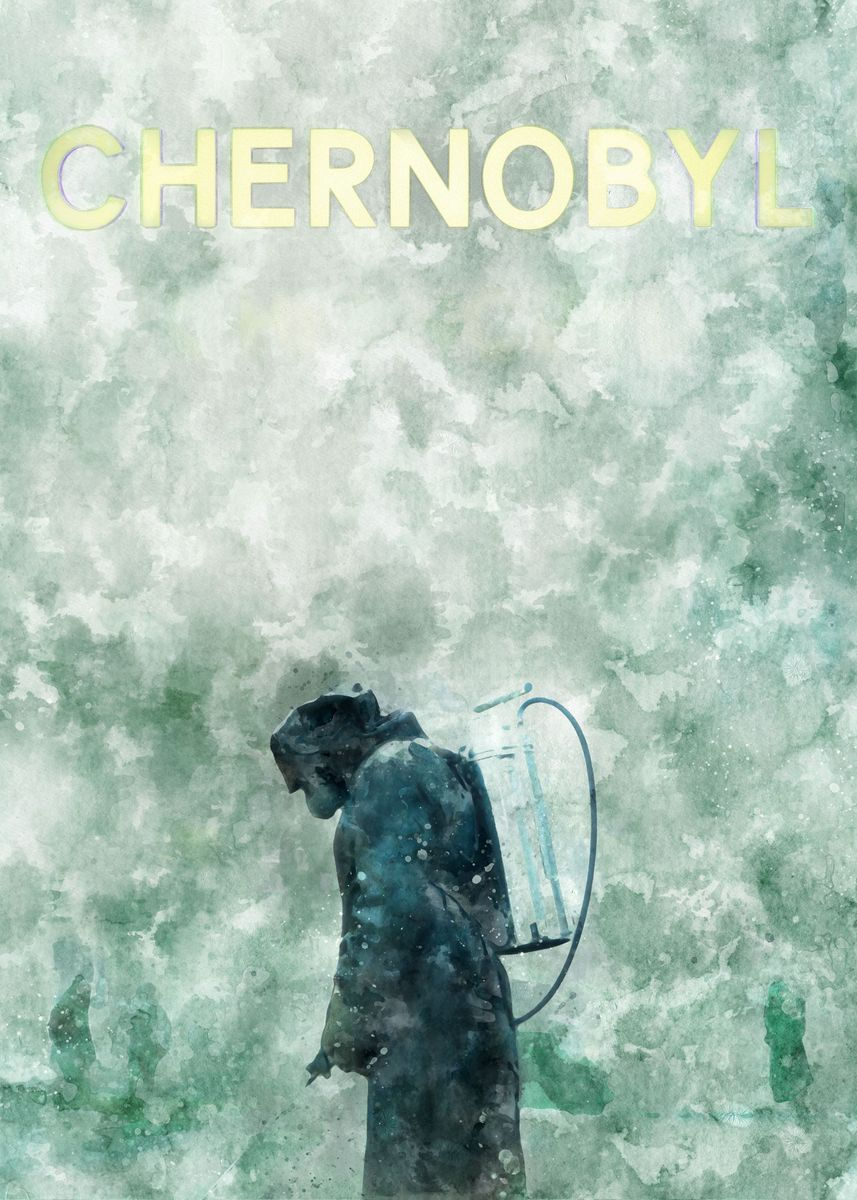School Blog: Nuclear Science Intensive
- Josiah Kilburn
- Jan 28, 2021
- 2 min read
Week 1 Humanities This week we focused on the history of Chernobyl. We watched the HBO special which inspected the disaster with the pretense of discovering the cost of lies.

Through this lens, we looked at the events that occurred and considered how the government systems of the USSR dealt with the disaster, and how the effects were mitigated. The most fascinating aspect, to me at least, was that many historians say that though it was responsible for the explosion, only the USSR could have dealt with the disaster. While comparing the event to the cost of lies, the series depicted the culture and methods of the soviet union in a very intriguing way. This occurred to the extent that I even started rewatching the series a second time to share it with my dad who had not seen it. It goes to show how even the science of nuclear energy, one of the most complicated and information-heavy arms of science, can be the basis for a great story and major historical event.
Science like I mentioned before, any form of nuclear science, whether it be chemistry, engineering, or physics, is incredibly information-packed and concept heavy. I looked at MSRs (Molten Salt Reactors) this week and looked into their applications and uses. An MSR, or Molten Salt Reactor, generates electricity from radiation like a solid fuel reactor. Unlike a solid-state reactor, however, MSRs are molten, which means they can't cause problems by melting down. In an MSR the fuel acts as both the fuel and the coolant, thus powering the heat exchange process. The fuel cycle also ends up recycling much of the thorium during the reaction which creates interesting results in energy sustainability. This allows the reactor to generally be safer and take up less space and 'burn hotter' as well. The technology is under-researched so it's not viable economically just yet but it is exciting to research. I will probably be looking into this more in the future.

Math
This week we primarily looked into exponents and exponential curves. Exponential decay, which comes into effect during nuclear decay. This makes exponential curves important to understanding radioactive materials storage, reaction byproducts, and nuclear disasters. We looked into the half-lives of different isotopes present during the Chernobyl reaction. We also learned how to graph exponential decay.




Comments